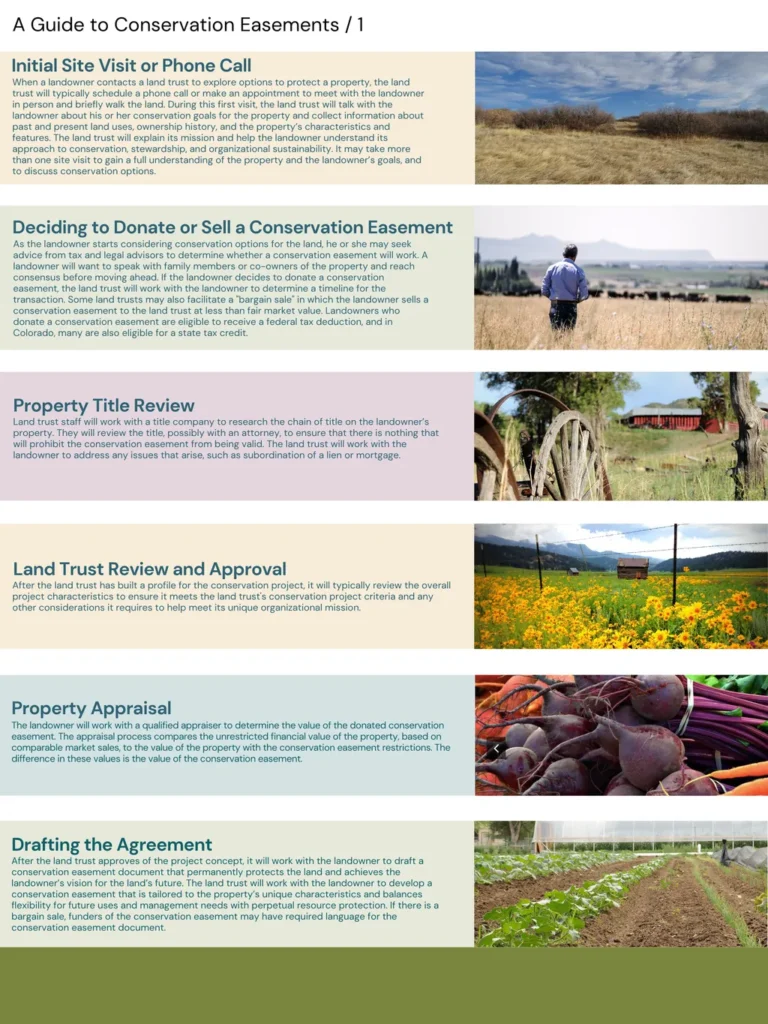In the ever-evolving landscape of agricultural policy, a new resource has emerged to help farmers and ranchers navigate the complex world of conservation easement programs. Published in the EDIS journal and authored by Candace Lantz of the Farm Service Agency, the article “Agricultural Conservation Easement Programs: A Quick Reference Guide” serves as a comprehensive overview of federal, state, and county programs designed to preserve agricultural and silvicultural lands.
The guide is a timely resource, as the agricultural sector faces increasing pressure to balance productivity with environmental stewardship. Conservation easements are voluntary legal agreements that limit certain types of use or development of land to protect its natural resources. In return, landowners may receive financial compensation or tax incentives.
“With the growing demand for food and fiber, it’s crucial that we find ways to keep our agricultural lands in production,” says Lantz. “This guide aims to help farmers and ranchers understand the various conservation easement programs available to them, so they can make informed decisions about their land use.”
The guide summarizes program objectives, allowable agricultural practices, and explains how programs evaluate and prioritize applications. It focuses on programs that aim to keep land in agriculture or silviculture, making it a valuable resource for Florida farmers and ranchers, as well as county Extension agents.
The commercial impacts of these programs are significant. By preserving agricultural lands, these easements help to maintain the economic viability of farming communities. They also ensure the continued production of food and fiber, which is vital for both the national and global economy.
Moreover, these programs can provide financial benefits to landowners. “Conservation easements can offer financial compensation or tax incentives, which can be a significant benefit to landowners,” says Lantz. “This can help to offset the costs of maintaining the land and ensure its long-term productivity.”
The guide also highlights the importance of sustainable agriculture practices. By promoting the use of sustainable practices, these programs can help to improve soil health, water quality, and biodiversity, which are all crucial for the long-term viability of the agricultural sector.
As the agricultural sector continues to evolve, the need for such resources will only grow. This guide is a step in the right direction, providing a clear and concise overview of the conservation easement programs available to farmers and ranchers.
In the words of Lantz, “We hope that this guide will serve as a valuable resource for those looking to preserve their agricultural lands and contribute to the sustainability of our food and fiber systems.” With the insights provided by this guide, the future of agricultural conservation looks promising.

